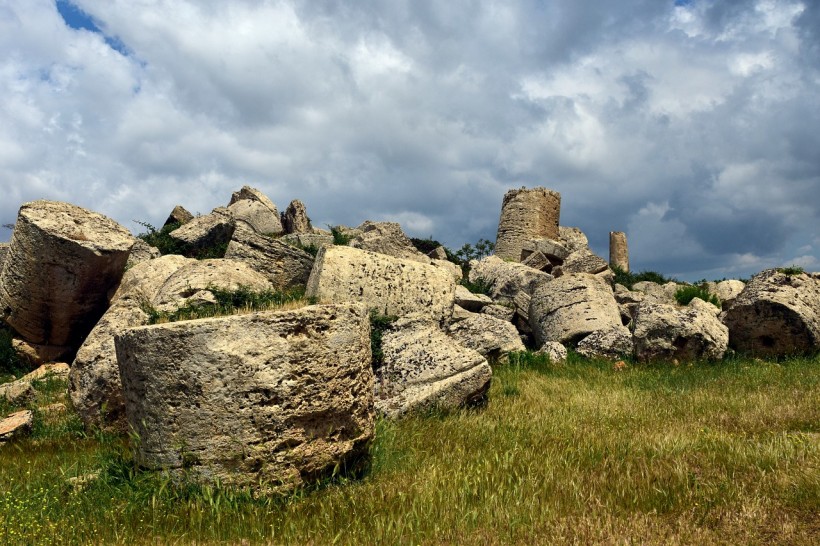Specialists were able to find the foundations of a cult temple in central Italy under a parking lot covered with grass.
Roman Cult Temple Ruins Found
The findings suggest that the transition of the Empire from paganism to Christianity did not happen straightforwardly. Rather, it may have taken place in a slow and messy process.
The ruin discovery was also embellished by a Roman-times letter that described the construction of a building. The discovery was announced during the annual meeting of the Archaeological Institute of America.
Transition From Paganism to Christianity
Archaeologist Douglas Boin from Saint Louis University explains that they discovered three walls of the structure that is suggested by evidence to be part of a Roman temple from Constantine's period.
Constantine, who is also referred to as Constantine the Great, was the first emperor of Rome to become a Christian. This was roughly 70 years before the religion became the Roman Empire's official one in 380 CE. Prior to this widespread conversion, people tended to revere various pagan gods.
The team of Boin now believes that they have discovered evidence of a transition period wherein individuals worshiped a cult under Constantine's rule.
Back then, a cult refers to religious traditions and practices wherein individuals worshiped a ruler dynasty or an emperor as deities or demigods.
Boin explains that this shows the continuities shared by the early Christian Roman world and the classical pagan world that are usually blurred out or not included in historical notes. The archaeologist adds that while they have known that pagans worshiped at the temples during the fourth century, such findings have been found to be inconsequential and small.
Boin continues to note that they have known that Christians have granted support to the imperial cult without a sense of where it would have taken place. The temple discovery serves as a bridge between the two different landmarks.
In the historical letter that was found during the 18th century, Constrantine gave instructions to residents of Spello to construct an imperial cult temple in his own honor. However, the structure was never definitely located in the past.
With the help of remote-sensing technologies, including ground-penetrating radar and magnetometry, the team went to survey the hillsides surrounding Spello. They were searching for buried remains that could have symbolized the temple of the esteemed ruler.
Their investigations led them to the grounds of the Villa Fidelia from the Renaissance era. Initial excavations in this terrain revealed the foundations of a massive building that could have come from the Roman Era. The researchers described the discovery as monumental.
However, it remains unclear what other archaeologists think about the remains and if the claims regarding the significance of the site will be able to stand. This is due to the fact that excavations are not finished and the work of the team has not yet been peer-reviewed.
RELATED ARTICLE: Sphinx-like Statue Unearthed in Ancient Egyptian Temple Looks Like Roman Emperor Claudius
Check out more news and information on Archaeology in Science Times.












!['Cosmic Glitch' in Einstein's Theory of General Relativity Could Be Explained in This New Scientific Tweak [Study]](https://1721181113.rsc.cdn77.org/data/thumbs/full/53435/258/146/50/40/cosmic-glitch-in-einsteins-theory-of-general-relativity-could-be-explained-in-this-new-scientific-tweak-study.jpeg)


